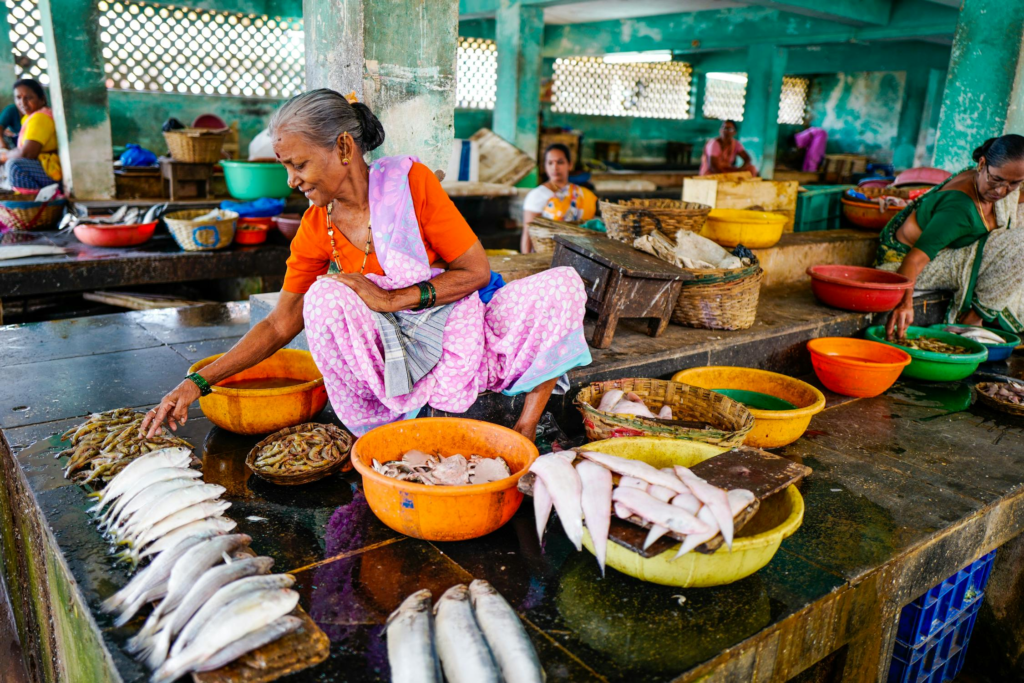
In India, five people tragically lost their lives due to heatstroke during an air show attended by 1.5 million people. The intense heat, coupled with insufficient event planning, led to overcrowded conditions and a lack of essential amenities. This tragic incident underscores the dangers of extreme weather conditions and inadequate preparation, particularly in a country that is increasingly grappling with the effects of rising temperatures.
Massive Crowd at Air Show
The Indian Air Force’s 92nd anniversary event, held at Chennai’s Marina Beach, attracted a massive audience. Over 1.5 million people attended the air show, which showcased the strength and capabilities of the Indian Air Force, drawing spectators from across the region. The sheer number of attendees overwhelmed the local infrastructure, leading to logistical challenges that exacerbated the risks posed by the extreme heat.
Access to public transportation was limited, with many train stations overcrowded and local buses unable to accommodate the surge in passengers. As a result, many attendees were forced to walk long distances to reach the event site, further exposing themselves to the sweltering heat. The lack of adequate transportation options not only made it difficult for people to reach the venue but also contributed to the exhaustion experienced by many, increasing their susceptibility to heatstroke.
Once at the event, spectators faced overcrowded conditions with limited shade and inadequate access to drinking water. The organizers failed to provide sufficient water stations or cooling areas, leaving attendees vulnerable to the high temperatures. Reports from the scene indicate that many people struggled to find respite from the intense sun, with only a few tents and shaded areas available, which were quickly filled beyond capacity.
Heatwave Causes Fatalities
Temperatures reached a sweltering 35 degrees Celsius (95 degrees Fahrenheit) during the air show, creating dangerous conditions for the massive crowd. The combination of extreme heat, physical exertion, and lack of hydration led to dozens of people being hospitalized for heat exhaustion and dehydration. Tragically, at least five people succumbed to heatstroke, a preventable outcome had proper precautions been taken.
Heatstroke occurs when the body’s temperature regulation system fails due to prolonged exposure to high temperatures, leading to symptoms such as confusion, unconsciousness, and even organ failure. In crowded settings like the air show, where access to water and shade was limited, the risk of heatstroke was significantly heightened. Many attendees reported feeling dizzy and weak, with several collapsing due to the heat. The lack of immediate medical assistance further contributed to the severity of the situation.
Event Organization Criticized
Local reports have heavily criticized the event’s organization, pointing out the numerous shortcomings that contributed to the tragedy. The lack of sufficient water stations, inadequate crowd management, and poor planning for emergency situations all played a role in the unfortunate outcome of the air show. The organizers’ failure to anticipate the needs of such a large crowd, particularly in light of the high temperatures, has been widely condemned.
Attendees faced long waits for basic amenities, including food, water, and restrooms. Overcrowded trains and buses, coupled with delayed services, made it difficult for people to leave the event once they began to feel unwell. Many families reported being stuck in overcrowded areas for hours, unable to find relief from the heat or a way to exit the venue safely.
In the aftermath of the incident, local authorities have promised an investigation into the event’s planning and organization. There have been calls for stricter regulations on public events, particularly those held during the hottest months of the year. Experts argue that better planning, including the provision of sufficient water, shaded areas, and medical assistance, could have prevented the fatalities and reduced the number of heat-related illnesses.
Broader Implications of Rising Temperatures
The tragedy at the air show is a stark reminder of the broader challenges India faces as it continues to battle the effects of rising temperatures. With climate change contributing to more frequent and intense heatwaves, public events must be planned with extreme weather conditions in mind. The need for better infrastructure, emergency planning, and public awareness about the dangers of heat exposure is more pressing than ever.
Heatwaves have become increasingly common in India, posing significant risks to public health, particularly for vulnerable populations such as the elderly and children. Events like the Indian Air Force’s anniversary celebration must take into account the potential dangers posed by extreme heat and prioritize the safety and well-being of attendees. Failure to do so can lead to preventable tragedies, as seen in Chennai.
Conclusion
The tragic loss of five lives due to heatstroke at the Indian Air Force’s anniversary air show highlights the critical need for better event planning and infrastructure, particularly in the face of rising temperatures. As India continues to grapple with the impacts of climate change, ensuring the safety of large public gatherings must be a priority. Adequate access to water, shade, and medical assistance, along with proper crowd management, are essential to prevent similar tragedies in the future. This incident serves as a somber reminder of the dangers of extreme weather and the importance of proactive measures to protect public health.






